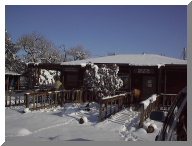 alabaster01.jpg |
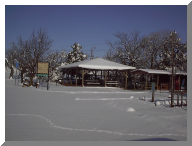 alabaster02.jpg |
 alabaster03.jpg |
| For most of us who work the Selman Bat Cave Watch Tours in the summer...this was a different picture! | We usually almost die of heatstroke in the middle of the summer but an 8 in. snow changed the scenery. | Wow Mel....good thing you stayed safe at home!!!...the snow came all the way up to the roadway!! |
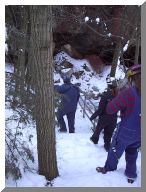 alabaster04.jpg |
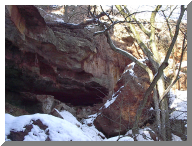 alabaster05.jpg |
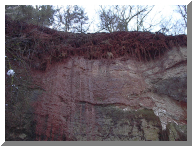 alabaster06.jpg |
| Something to remember... the walkway filled with snow! Wow! Different indeed! | Today was the first day of tours after the collapse at the main entrance. One boulder off to the side shows what it was like! | Those roots USED to be on TOP of rocks! New face on the entrance for sure! But it is safe again...come on and try a tour!! |
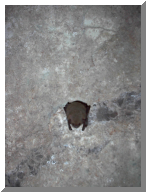 alabaster07.jpg |
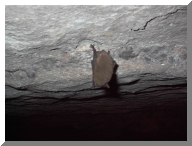 alabaster08.jpg |
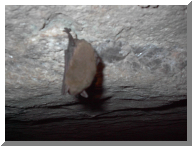 alabaster09.jpg |
| This is what it is all about. This is a common cave bat (myotis velifer). They sleep the winter away (hibernate) here in Alabaster Caverns. | They go to sleep in cold caves. While asleep, their grips tighten (while we relax) and they can just hang there. | The cave was approx. 43 degrees F. These myotis are single sleepers while others sleep in giant mats. |
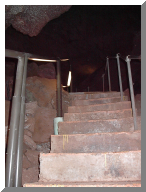 alabaster10.jpg |
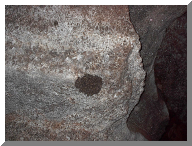 alabaster11.jpg |
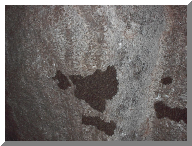 alabaster12.jpg |
| The cave was recently redone with new lighting. Here shows the new handrails which are lighted underneath. | A mat of myotis. If you can find a big enough mat, you can determine a packing density. A 1' by 1' square is determined and by math you can tell how many are in a square foot. | Our packing density was 244 bats per square foot. By taking measurements of how long and wide a mat is you can determine how many bats are in a mat. |
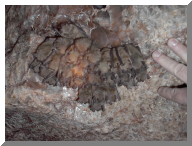 alabaster13.jpg |
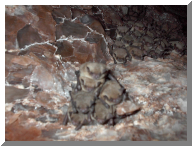 alabaster14.jpg |
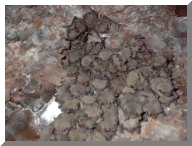 alabaster15.jpg |
| Fingers next to the bats show you the actual size of the bats. A common myotis is about the size of your thumb. Its wingspan is almost 4 times that! | The bats can find any nook or cranny to sleep in so the counters have to probe in every crevice and passage to find them. | There were two other bats hanging out (not these)... Pips (pipistrellus subflavus) and Big Browns (Eptesicus fuscus) (see picture later for Big Browns) |
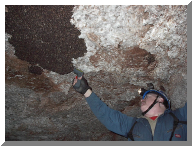 alabaster16.jpg |
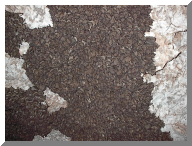 alabaster17.jpg |
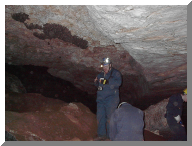 alabaster18.jpg |
| Park Naturalist Mike Caywood uses a digital thermometer and checks the temperature of the rock and the bats. | One of the largest mats in the cave. They were really bunched together here!! | During the bat count, counters call out numbers of bats and the recorder writes down the numbers in a book along with stats of temps of rock and air. |
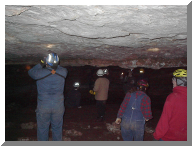 alabaster19.jpg |
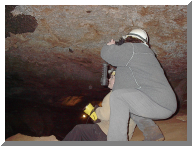 alabaster20.jpg |
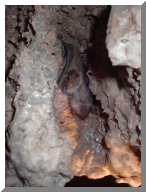 alabaster21.jpg |
| We had quite a crew for this count so no bat was left uncounted (we hope!) | Everyone has to wear helmets and a hands free light source. Helmets for that stupid ceiling that just lowers on your head for no reason and hands free to maneuver off trail. | A pair of Big Browns (Eptesicus fuscus).... the only two we could find, weggied into an itty bitty crack in the ceiling. |
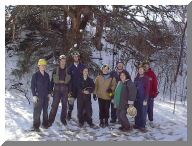 alabaster22.jpg |
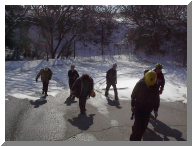 alabaster23.jpg |
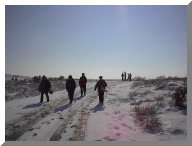 alabaster24.jpg |
| The Alabaster Caverns Bat Count Crew 2005. | Oh...yeah... after we finished the count, THEN Mike told us we didn't have a tram to take us back! Notice the down trodden folks after the news! | After 1,230.34 miles of snow covered brutal sun blinding hiking miles, the crew finally gets back to civilization. |